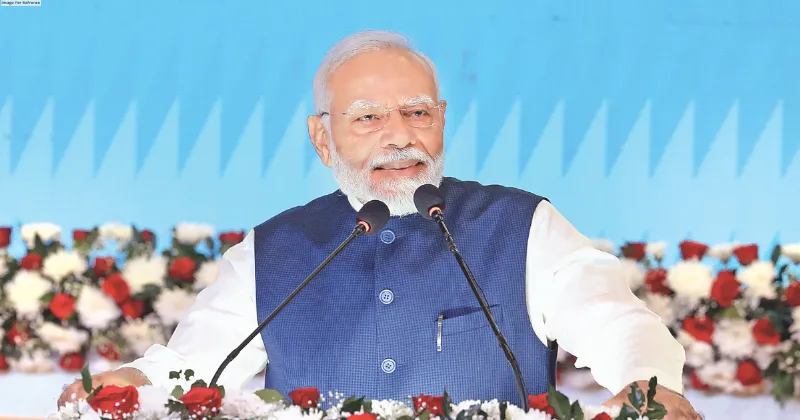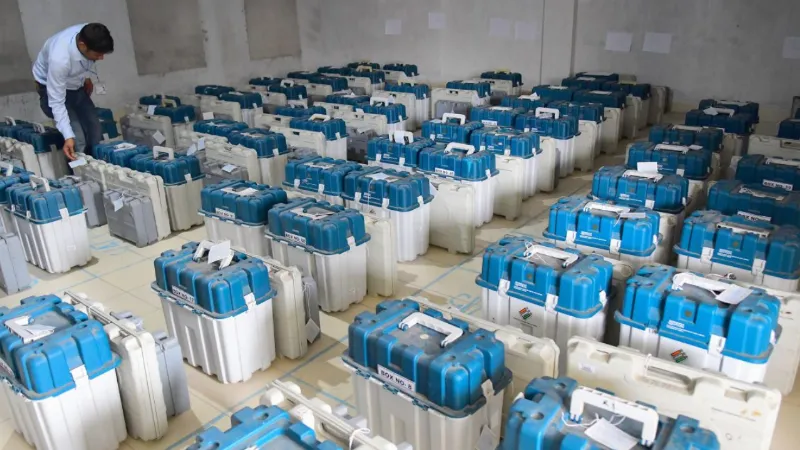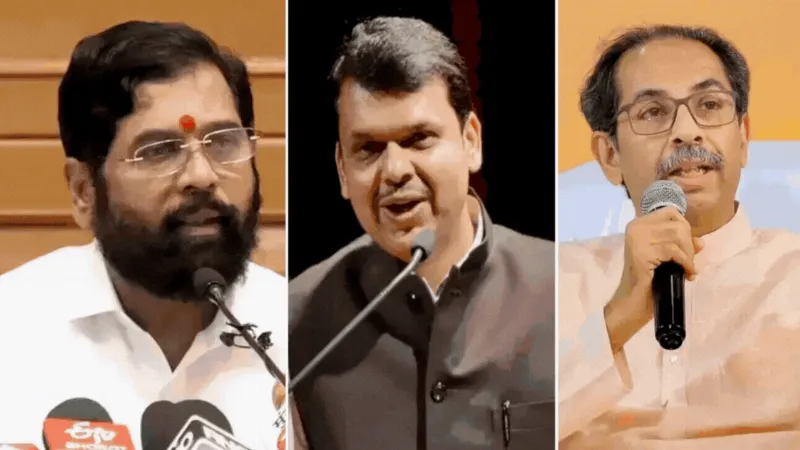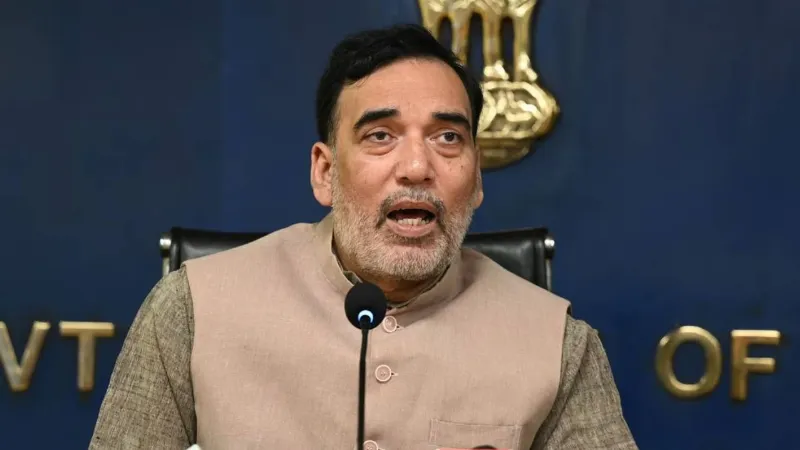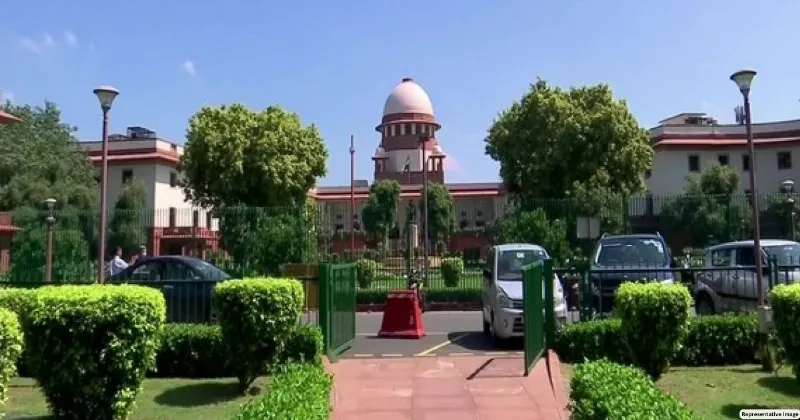CENTRE HOLDS, FAR RIGHT GAINS GROUND

After the fourday, 27-state democratic marathon that is the European parliamentary election, a picture has emerged of a fragile centre just holding amid a shift to the right that carries a significant potential to shape the near future of the EU, despite having fallen short of producing the earthquake some predicted.
The big shock came in France, with President Emmanuele Macron’s defeat at that hands of the RN (Rassemblement National – National Rally) party prompting him to call snap national parliamentary elections. France needed not only “a clear majority” argued Macron, but citizens capable of “choosing to write history, not be driven by it”.
FRENCH FISSURES
After some relief among centrists over Dutch and German projected returns, the French figures provided a swift jolt, with the RN (led by Marine Le Pen’s protege Jordan Bardella) producing its highest ever nationals levels, decimating Macron’s own “Renew Europe” coalition led by Valérie Hayer into the “second-lowest EU election finish ever for a party in French government”.
Across the EU though, the picture is more nuanced. Despite predictions that the European Parliament would garner more members than ever before from the populist and extreme right, the EPP representing mainstream conservative views in Europe has increased its overall size in this election, having retained the centre ground, in its role as “the chamber’s historically dominant force”, on track to gain roughly 25% of the parliament itself with 184 MEPs.
The centre-left Socialists and Democrats (S&D) group also retained its previous toehold. Having reconsolidated its power base, the EPP will retain clear responsibilities regarding EU policy, including industrial, agricultural and climate policies now deeply contentious with EU citizens. To do so, the EPP now needs to identify its preferred leadership in the next stage of EU institution elections, including to the European Commission.
STILL A GOOD NIGHT FOR THE FAR RIGHT
While the EPP and S&D have retained the centre ground, far right parties still did remarkably well. They represent a range of views, and it was already impossible for them to band into a single electoral group, due to intractable splits on everything from Russia to European defence.
In France, the Le Pen/ Bardella RN walked off with a stunning third of votes, while in Italy a quarter of voters backing Prime Minister Giorgia Meloni’s Brothers of Italy. Totalling up the remaining far right votes across the EU illustrates that two key parliamentary groups on the hard right (ECR), and far right (ID) will between them control 131 seats. Alongside, there are 34 additional hard right independents drawn from Germany’s AfD, Viktor Orbán’s Hungarian Fidesz party, and those from Poland and Bulgaria.
There may be just enough in common among some of those to pull together nationalist, anti immigration blocs in the European parliament, setting them up as 2024’s biggest winners, eminently capable of shifting EU strategic policies to the right including on immigration, trade, agriculture and climate change.
The numbers suggest that a single far right group would be the EP’s second largest party after the EPP. Coalition-building is tricky particularly amongst far right groups, but the numbers certainly count for something; “its sheer size will nonetheless put rightward pressure on EU policy,” reported specialist site Politico Europe.
Even if not formally consolidated, a conglomerate of far right voices will concern the EPP and & S&D groups. At this point, far right successes have three significant consequences. First: they confirm the anticipated tilt to the right of the parliament itself; second they may further entrench far-right preferences in a sizeable minority of EU member states; third, within the parliament – and across the EU – they send an signal to international partners, including the US, that the EU may abruptly change tack in terms of policy, and preferred partners.
THE CONVERSATION

